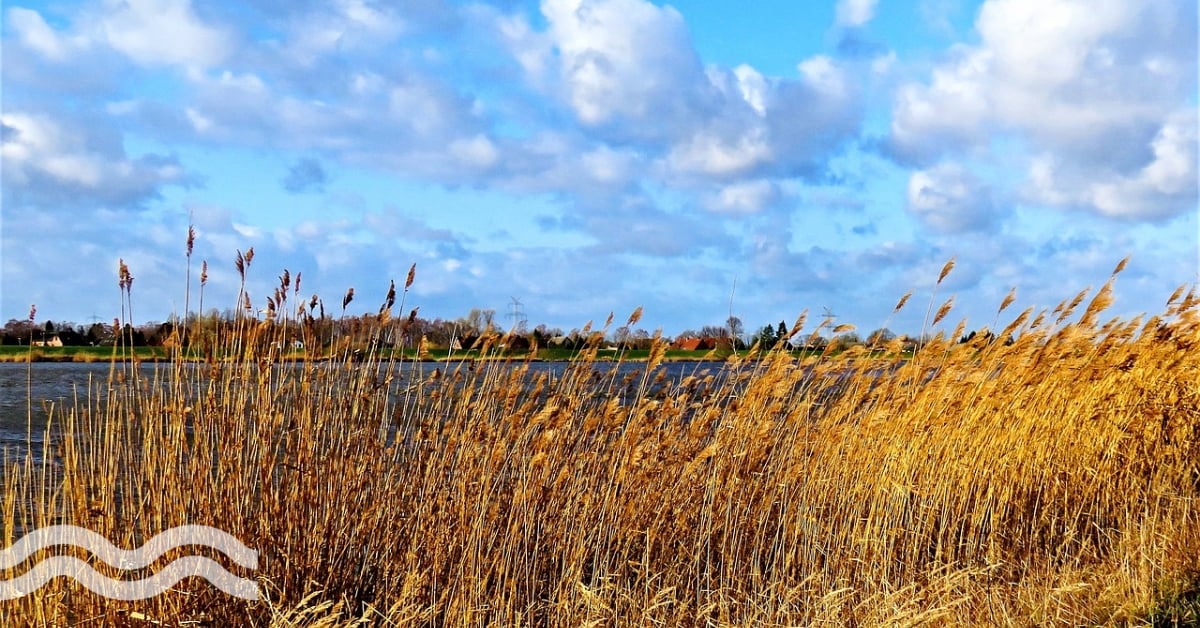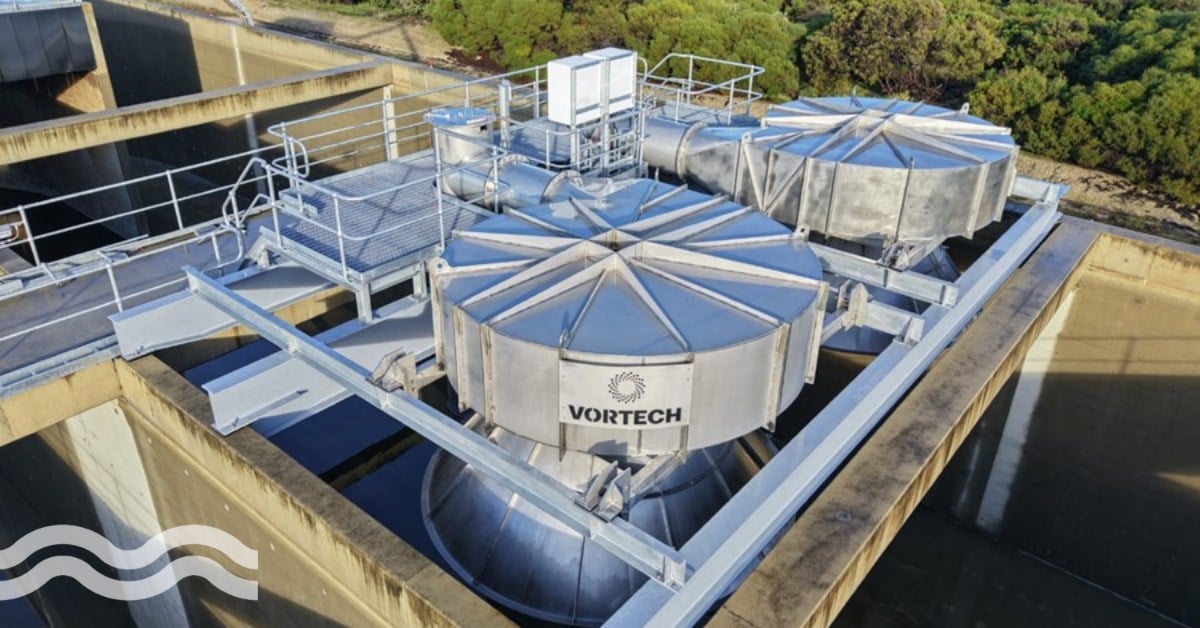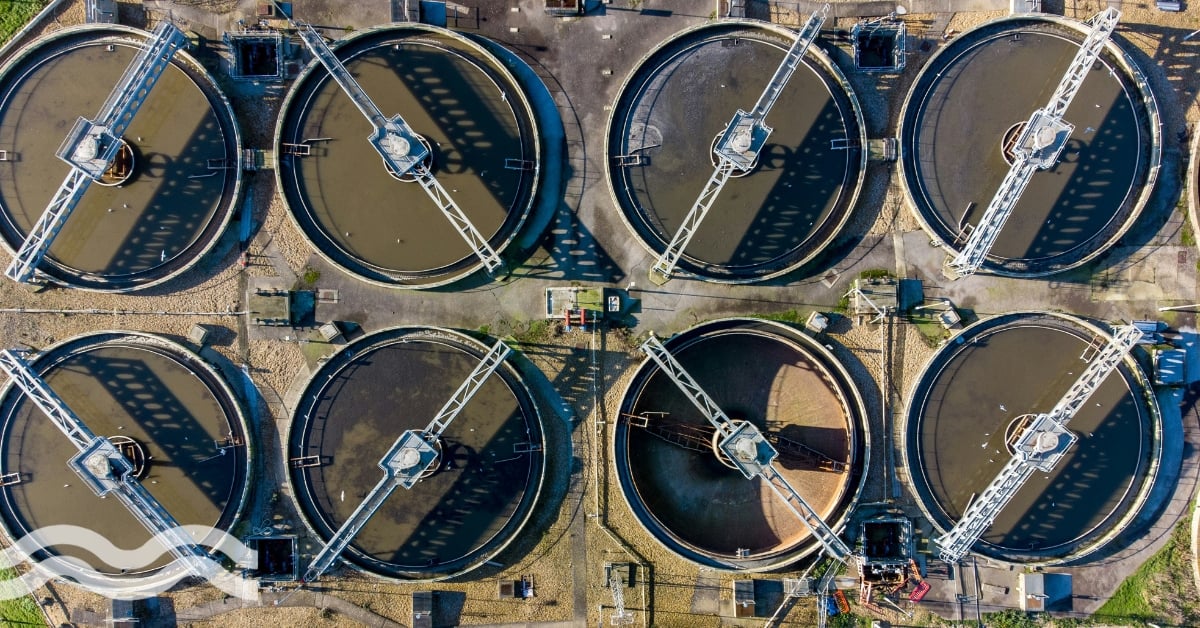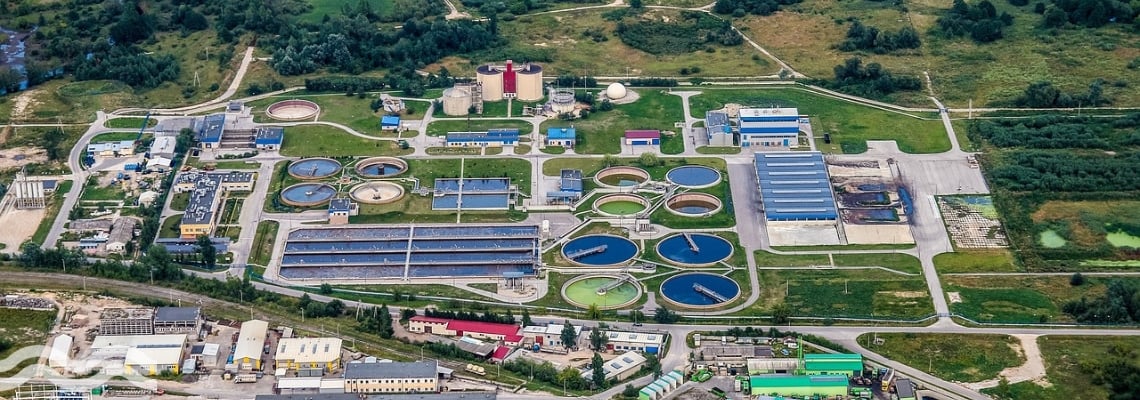
A literature review carried out jointly by Dutch research and solutions provider Allied Waters and the UK-based Isle Utilities will support the development of circular solutions for water treatment sludges.
Why the need to find circular solutions for sludge
The research focused on UK waste treatment, although the findings will help to inform practices elsewhere in Europe and the wider world. Currently, outlets for water treatment sludge in the UK include land spreading, discharge to sewers, capping (for landfills), or to landfill.
The work carried out by Allied Waters and Isle Utilities fed into a report published by UK Water Industry Research, titled Circular Economy – water treatment sludges. This looked at key questions around the use and value of bioresources recoverable from water treatment sludge, including:
- Current and potential outlets and uses for water treatment sludges
- Technologies available and emerging for reuse and recovery
- Economic analysis evaluating the most appropriate option for the UK and Ireland water industry.
The research makes clear that the circular economy and advancements in technology development present an 'opportunity for water utilities to consider the value of the wastes they produce, and the resources they could potentially recover'.
Population growth is leading many countries to explore ways of extracting more resources from waste, including from potable water treatment sludge, which has both reuse and recovery potential.
Resource recovery might include metal salts and nutrients that could provide reusable commodities.
Exploring circular economy opportunities also provides the water utilities with an alternative to costly landfilling or other disposal methods.
Considerations when assessing circular solutions for sludge
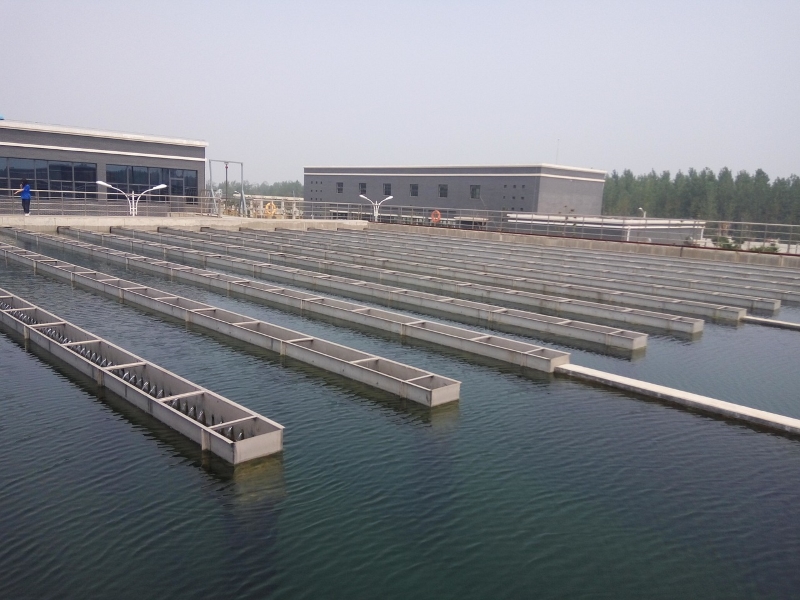
When looking at the alternative options it is necessary to consider both the technological feasibility and costs involved, as well as regulatory requirements and the market need. For example, potable water treatment sludges may contain contaminants that prevent its reuse in some circumstances, and so providing an understanding of how they may hinder circular economy aspirations is important.
Having a full understanding of the different aspects surrounding the circular economy when it comes to potable water treatment sludges will allow water utilities to prioritise research activities. This will inform business planning in the short, medium and long-term.
How the research was conducted
The review explored literature detailing existing and emerging applications and markets for water treatment sludges. A data request was made to the UK and Ireland water utilities to determine the volume and composition of sludges.
The current outlets for the sludge were summarised and a high-level economic analysis was performed to evaluate which of the identified options held the most potential for the UK and Ireland water industry.
What did the research find?
Following further analysis, the research concluded that:
- Based on the available information, at least 115,000 tonnes of dry solids (tds) of water treatment sludge are produced every year. The majority of ferric water treatment sludge is discharged to the sewer system and the majority of alum sludge is used for land spreading. Some sludge is disposed of within landfill.
- Alternative outlets and uses for water treatment sludge, include:
- Use within anaerobic digestion or biogas cleaning for hydrogen sulphide (H2S) removal
- In the ceramics industry as a filler or colourant
- Within the construction industry for brick manufacture, cement production and as cementitious material
- Non-selective or selective coagulant recovery and subsequent reuse within wastewater or water treatment
- As a feedstock for flame retardant production or metal production.
- There are several treatment processes that can be undertaken to potentially increase the value of water treatment sludge, including thermal treatment, granulation, and acid treatment.
- Limited data is available on the presence of contaminants and potentially toxic elements within water treatment sludge and the influence this might have on alternative outlets or uses. The risk of their presence causing an issue, however, is low.
- The options that were considered most viable today, or economically feasible considering the current volumes and composition of water treatment sludge in the UK and Ireland, and the existing processes were:
- For both alum and ferric sludges, non-selective coagulant recovery via acid digestion and use within wastewater treatment for P removal
- Additionally, for ferric sludges, their use within anaerobic digestion to prevent H2S formation, or following drying and heat treatment as an adsorbent for biogas cleaning.
- Further research and development into more advanced coagulant recovery may enable the use of ferric or alum sludges within drinking water treatment in the future.
- Regulatory requirements perhaps present the greatest barrier to the use of water treatment sludge. End of Waste Status and Reach registration need to be explored.
What benefits will the report have?
The research has provided UK and Ireland water industry with a clear and up to date view of the latest state of play for water treatment sludges, including current and potential outlets. Not only will this research provide robust evidence for water companies when making internal investment decisions on how to approach new technologies or solutions, it will help to steer dialogue and decision-making with regulators.
Recommendations and next steps
The researchers conclude the report with a number of recommendations for further research and opportunities for collaboration within the industry.
- Undertake full-scale demonstrations to determine the performance of:
- The use of ferric sludges in biogas cleaning H2S reduction
- The use of acid digestion for ferric and alum sludges and then their use within wastewater treatment
- Undertake pilot scale trials of advanced coagulant recovery for reuse within water treatment
- Undertake collaborative projects to progress the work at a national scale including:
- The demonstration and pilot trials mentioned above
- Stakeholder engagement with operators across the water utilities to ensure their needs in terms of coagulant performance or anaerobic digester management are met within the trials
- Liaison with the environmental regulators to determine what steps are required to enable the reuse of water treatment sludge beyond land spreading and discharge to sewer
- Development of a clear road map with timescales, key players and engagement points and points of flex to develop suitable markets for water treatment sludge, internally and externally (as appropriate)
Determine the most appropriate business model for operating a recovery market for water treatment sludge, be it a public-private partnership, a wholly private enterprise with an external organisation or held just by individual or joint water utilities.
